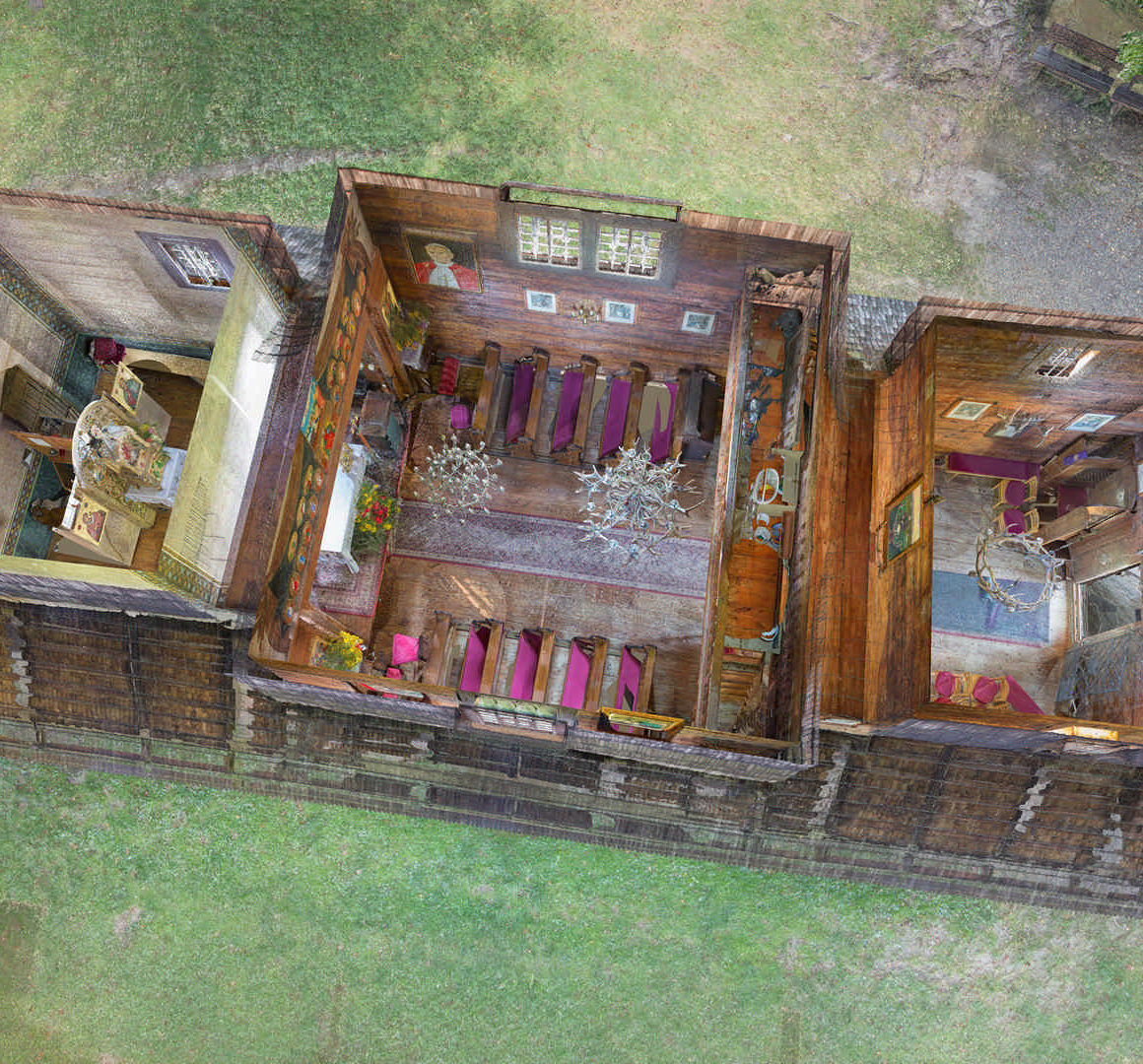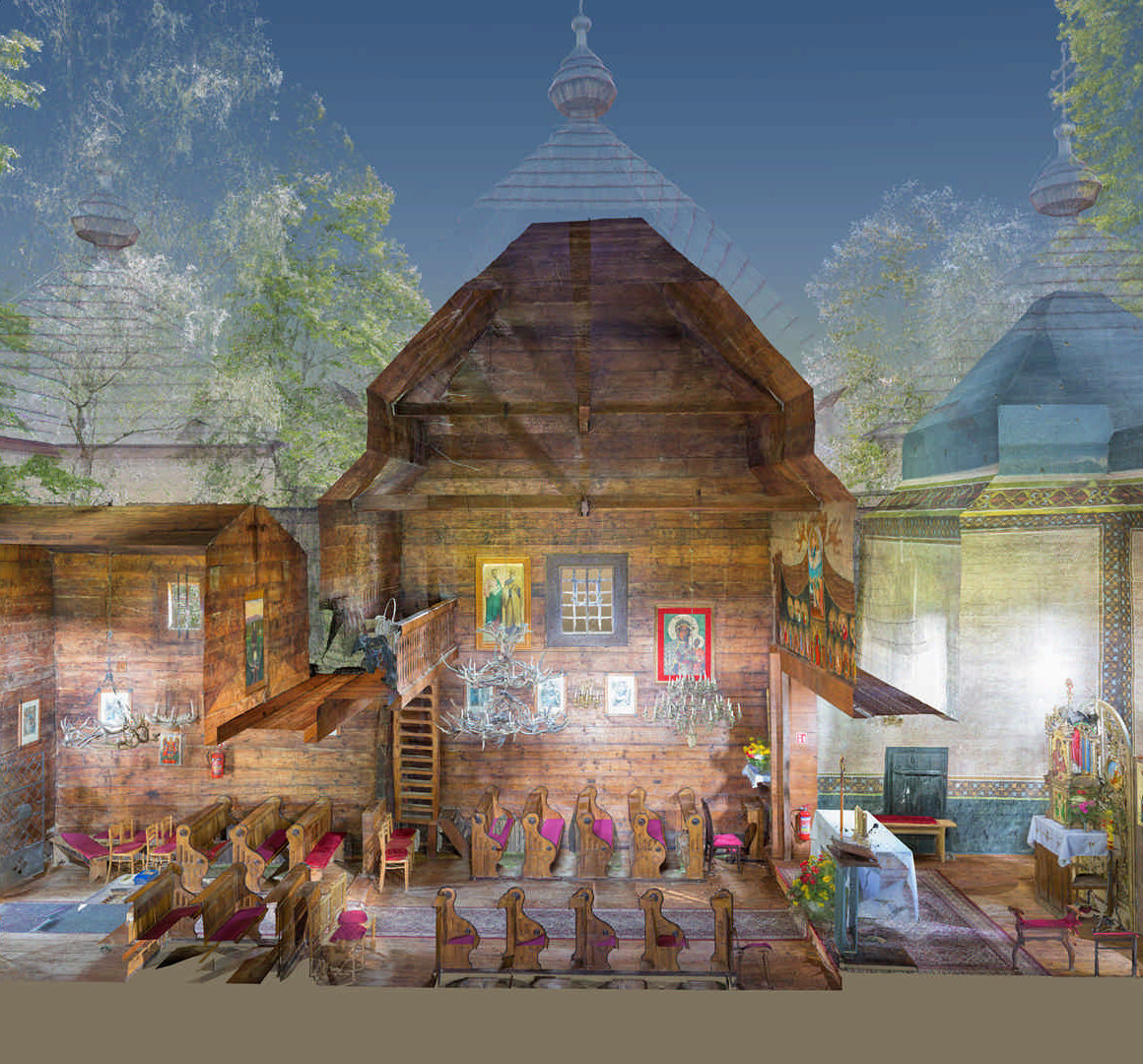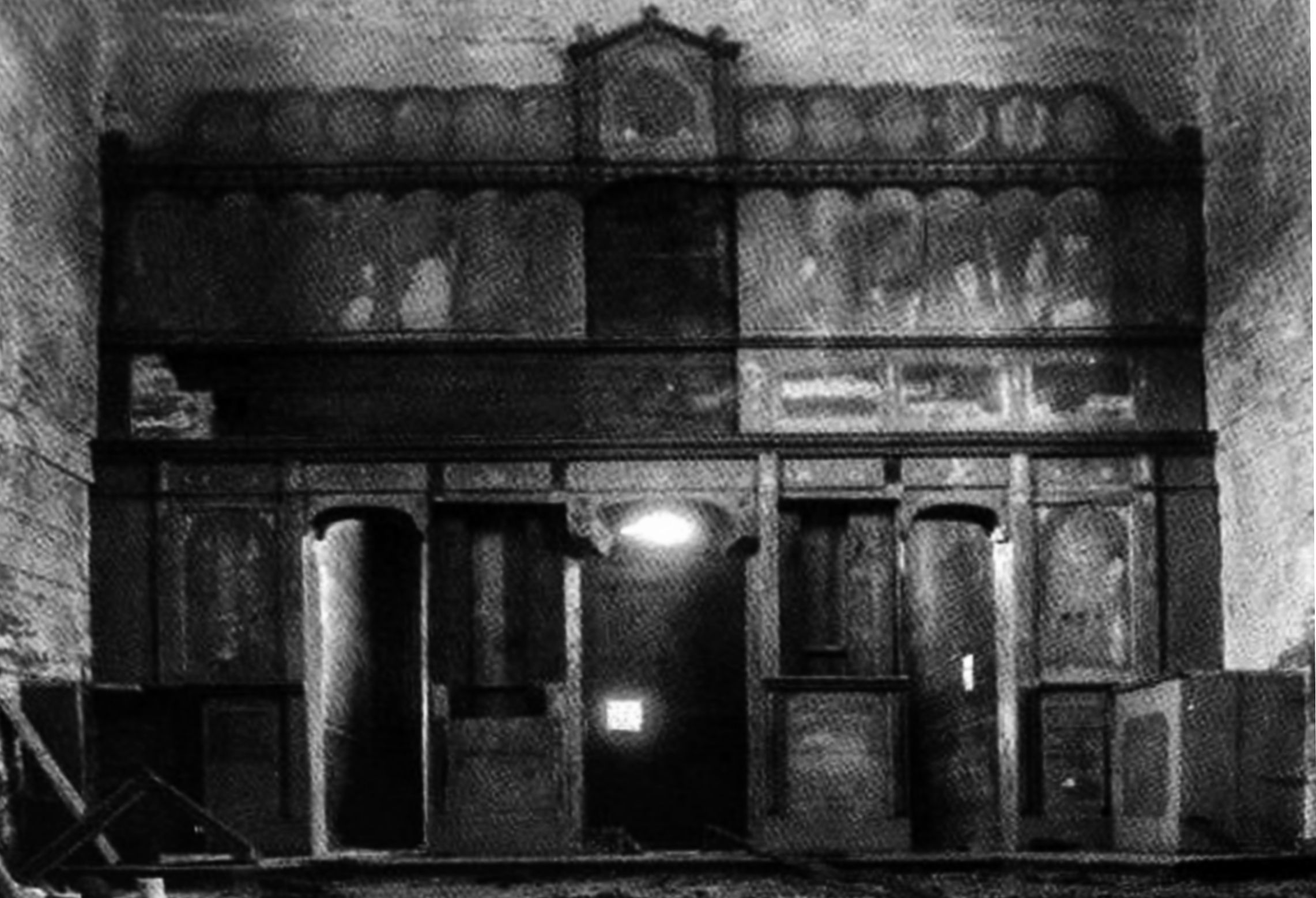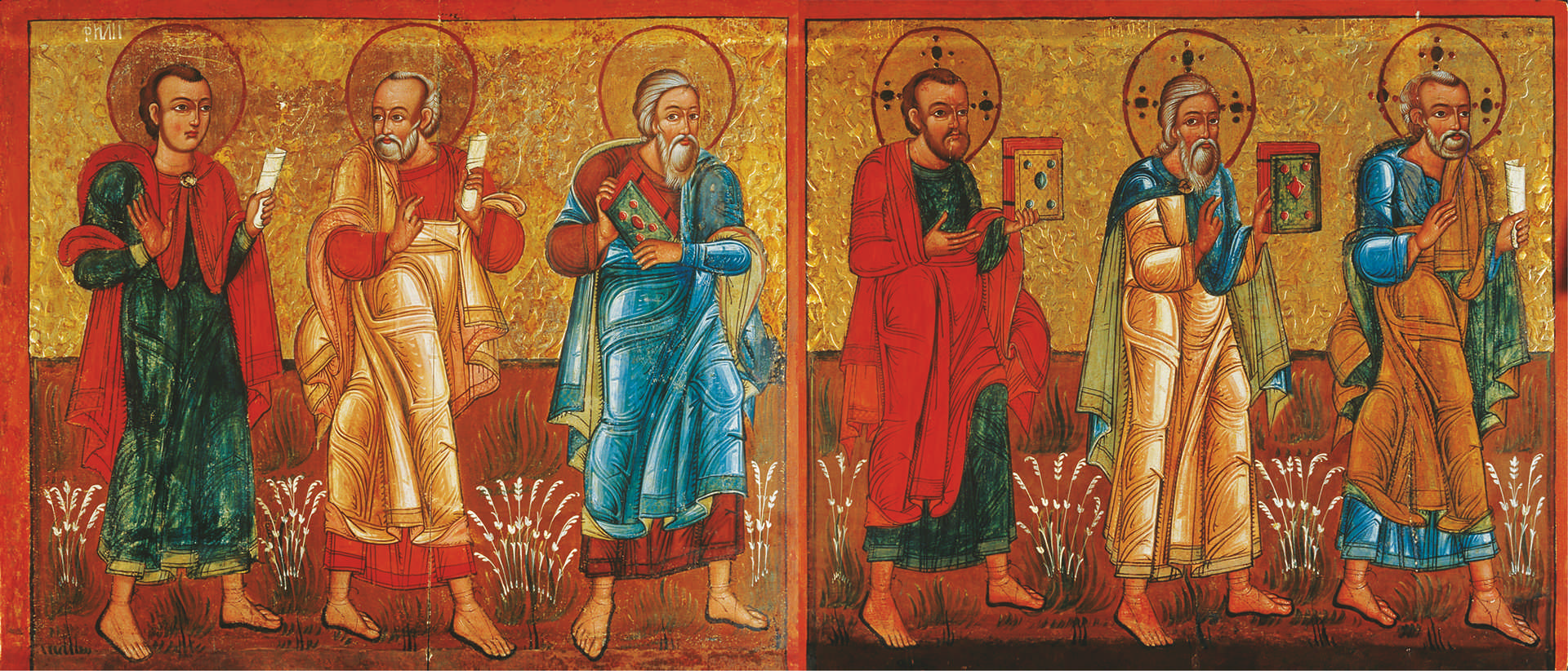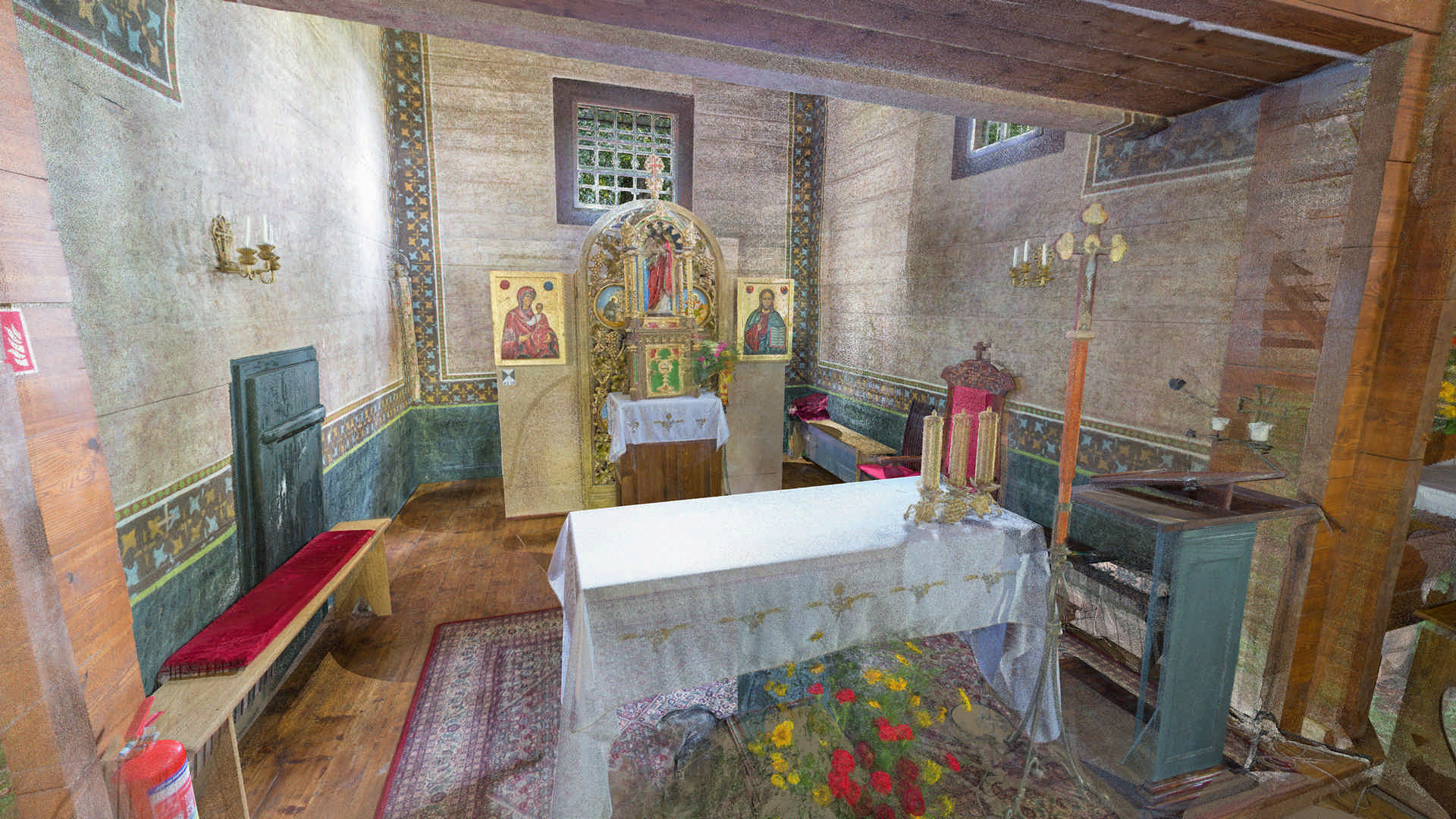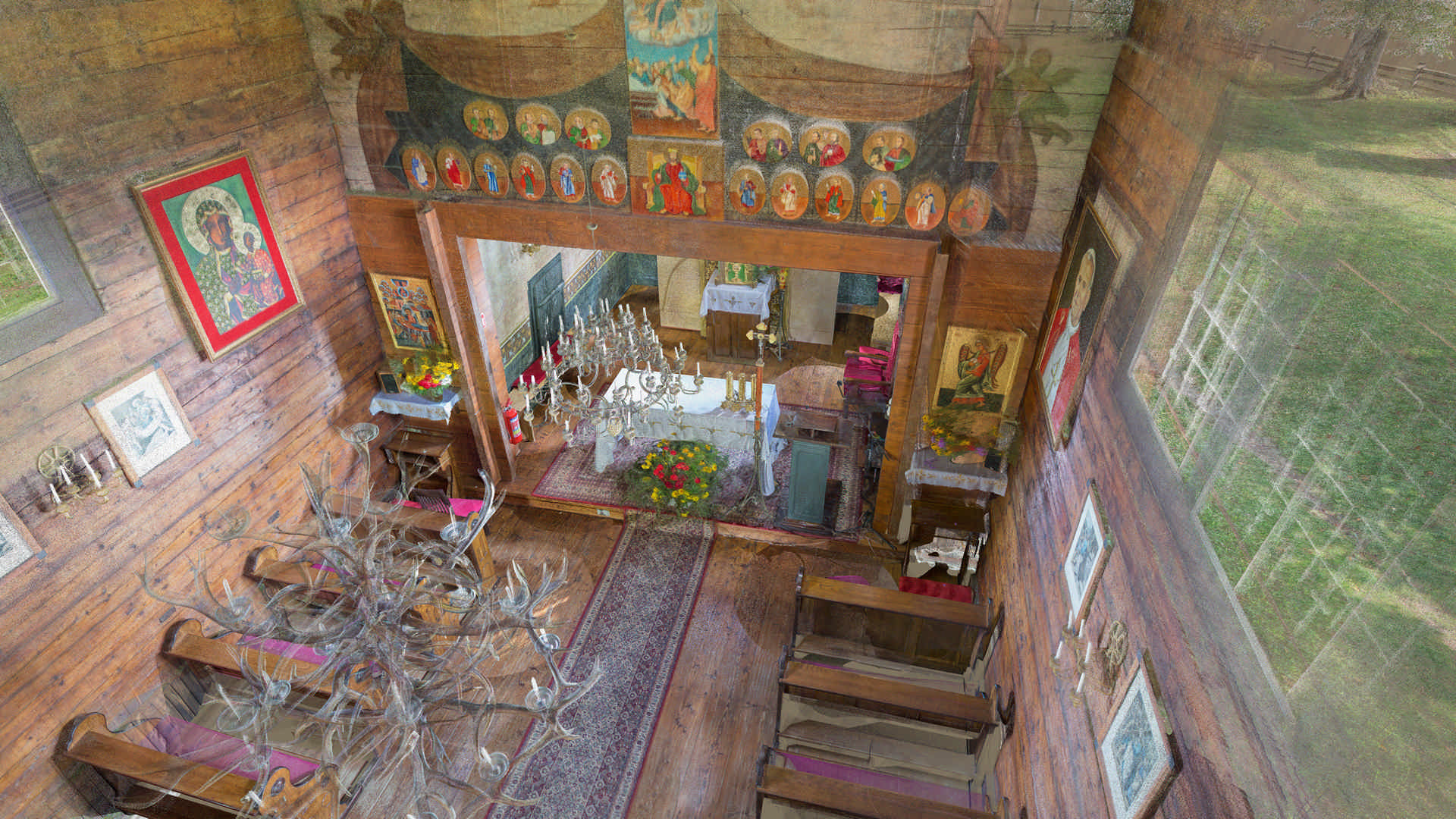Smolnik – Orthodox church of St. Michael the Archangel
The construction of the temple was completed in 1791. It is a log building made of massive wooden beams. The high historical value of this small church stems from the fact that it is one of the few examples of Boyko-style church architecture preserved in the Polish Bieszczady Mountains. Its characteristics include the similar size of the three parts: matroneum, nave, and sanctuary. Each of them is covered with a roof in the form of a dome. The whole temple is covered with shingles. The wood has turned dark brown.
The matroneum, nave, and sanctuary were built on a square plan. The nave is wider than the other two parts. However, they are all the same height. Each part is covered with a hip roof. The roof above the nave is the highest. The hip roofs are made of four triangular slopes meeting at the peak. Each top is crowned by an onion dome with a forged cross. The crosses have two horizontal beams and a slanted bottom one. Beneath the main part of the roof, we have another roof tier which is lower and narrower.
The entire building is surrounded by wide eaves with small rectangular windows above. The windowpanes are divided into smaller squares. There is one window on the southern side of each part of the church, as well as on the eastern wall of the sanctuary. They are also located on the northern walls of the matroneum and the nave.
Currently, the temple is standing on a hill, among meadows, away from other buildings. It was once surrounded by houses of the lively village inhabited by the Boyko ethnographic group. It disappeared after the forced resettlement in 1951. As a result of the shifted borders, Smolnik became part of the Polish People’s Republic. Local people were transported to distant regions of the Soviet Union. The fate of the temple became as tragic as the fate of the members of this Greek Catholic parish. The church became a scene of devastation, burglary, and it was turned into a warehouse in the end, yet it survived. It experienced a turning point when it was added to the register of historic monuments in 1969. In 1973, the church was handed over to the Roman Catholic parish. It introduced a décor that was different from the previous one, unrelated to the Eastern liturgical tradition and local culture. Since 2009, the church has been undergoing restoration aimed at bringing back the original character of the interior.
The length of the entire building: 17 m
The height of the matroneum: 11 m
The width of the matroneum: 4.5 m
The height of the nave: 13 m
The width of the nave: 6 m
The height of the sanctuary: 11 m
The width of the sanctuary: 5 m
Wall paintings in the church in Smolnik
They are part of the original interior design of the temple. They were created in the early 19th century. They are located in the upper part of the eastern wall of the nave.
The polychrome is 6 meters wide and 2 meters high. It covers the entire width of the wall. The painting shows four angels holding a curtain which serves as a background to oval frames. The composition is dominated by red and navy blue.
In the top middle of the composition, there is a decorative finial. It looks like a canopy in the form of a fabric with three round bumps. Below, the curtain is fastened by a horizontal decorative strip of fabric with hanging string tassels. The top of the curtain is supported on both sides by short-haired angels. They are floating slightly in a horizontal position. We can see small wings growing on their shoulders. They are wearing robes ending above their knees.
The curtain extends symmetrically from side to side from under the decorative finial. The (red) fabric is wavy and takes on the shape of gentle curves. The right and left edges of the curtain are being held open by another two angels. They have short hair, small wings, and short robes.
Under the red folds, we can see an expanse of navy blue fabric. It is almost as wide as the entire painting. We can see delicate creases on it. Against this background, at the bottom of the polychrome, there are 12 oval yellow frames for icons from the original iconostasis. The only paintings that have been preserved are the images of Prophets.
After the forced displacement of members of the Greek Catholic parish in 1951, the temple was a scene of devastation for many years. It served as a storage space for the state-agricultural farm set up here. The takeover of the temple by the Roman Catholic community in 1973 helped to save the church. The interior has regained its sacred nature. Since then, there have been systematic efforts to restore the church to its former glory.
Iconostasis frame, 19th century, photo around 1960. B. Tondos
Fragment of the apostolic epistylon Deesis, 3rd quarter of the 16th century, from the iconostasis partition (Museum – Castle in Łańcut)
Video:


